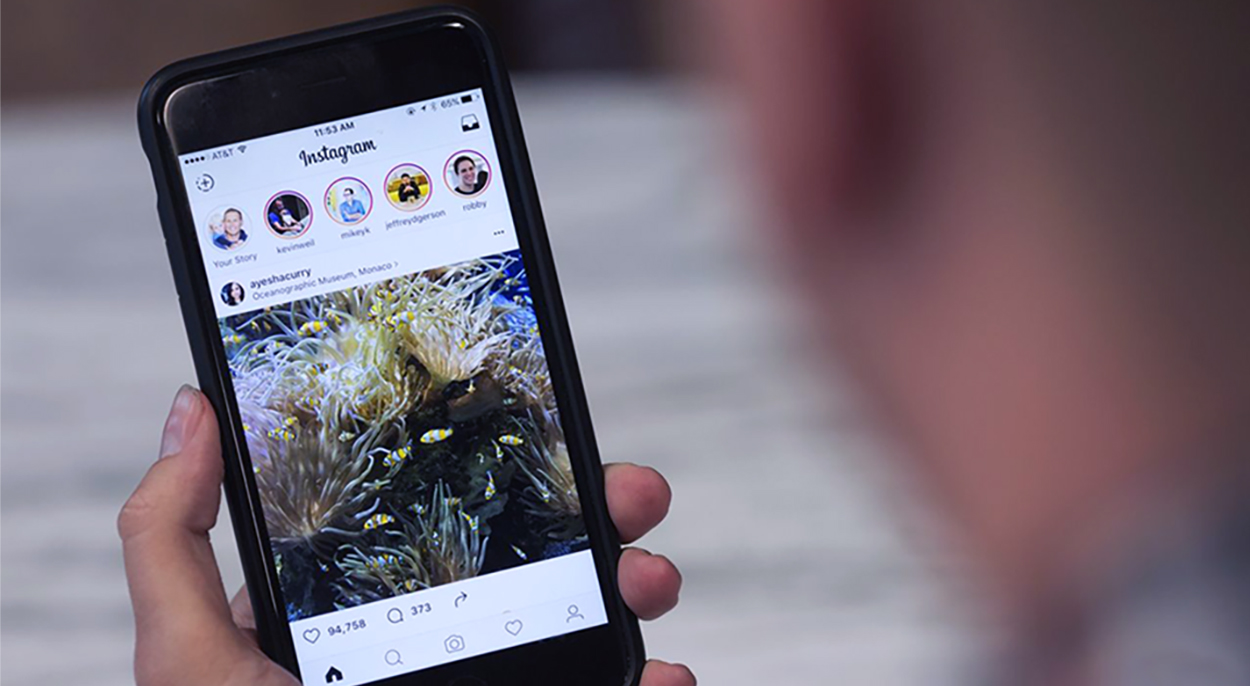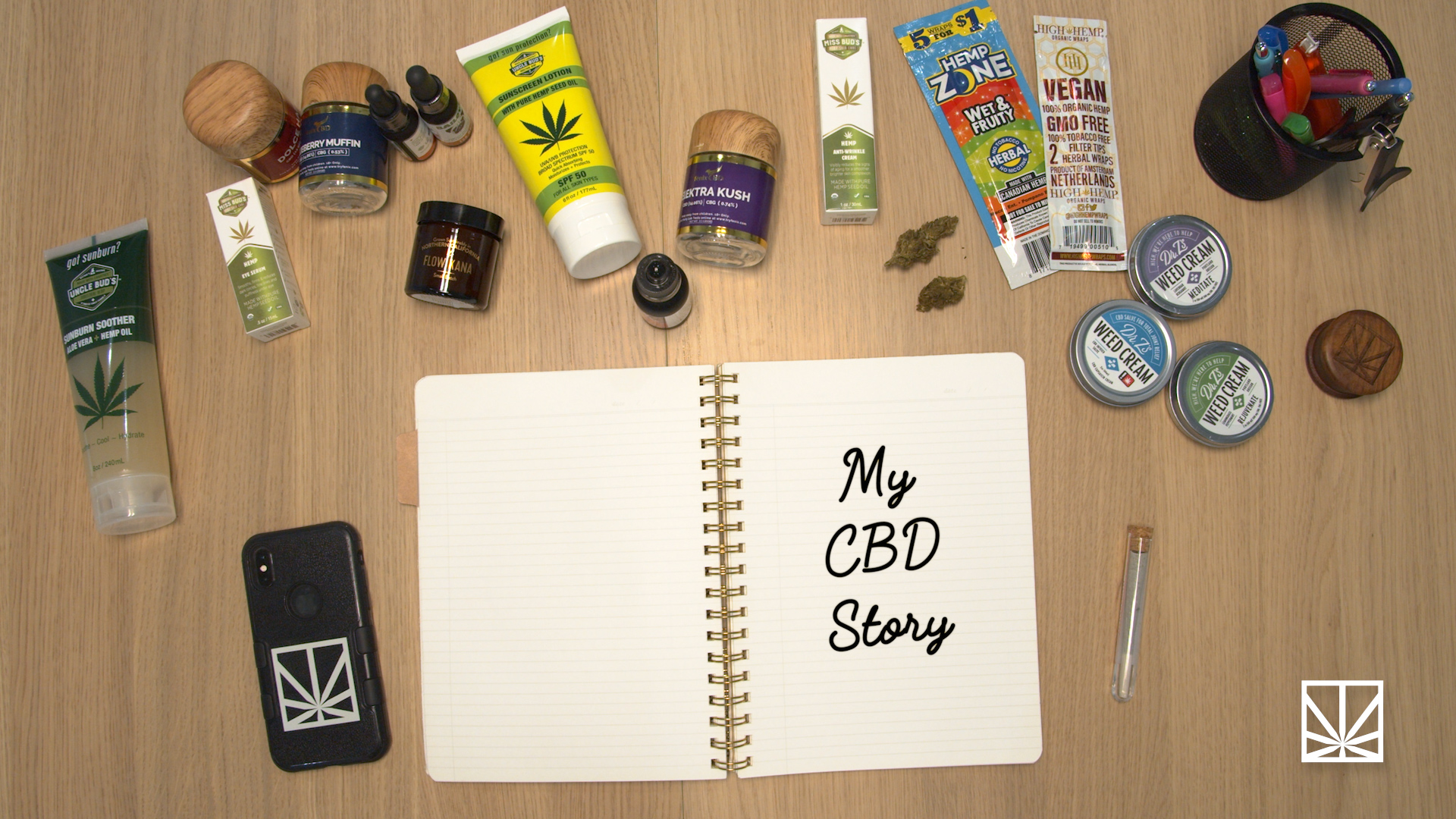Facebook is obsessed with Snapchat. The online social networking service offered millions in 2012 for the image messaging and multimedia mobile app. It’s also tried to copy the service nearly 20 times!
Using Instagram as a proxy in this battle, Instagram Stories might be Facebook’s Snapchat killer app. Celebrities seem to love the new app. But, many express skepticism at the service’s intentions.
A year before Facebook’s December 2012 attempt to buy Snapchat, the service introduced Poke. Facebook users used Poke to send messages, videos and photos to friends that expired seconds after opening. Mark Zuckerberg lol’d that failed attempt off, calling it “more of a joke.”
That Instagram is public, and Snapchat is private, represents the main differentiating factor between the two. One month after the failed Facebook deal for Snapchat, Instagram introduced its own private messaging app with which users could privately share photos and videos.
In 2014, Facebook released Slingshot, which – like Snapchat – with which users could annotate and draw upon their photos and videos. In May 2014, Facebook introduced the ability to share 15 second videos in its Messenger application.
Facebook launched Stickered in 2014. The feature allowed users to add emojis to the photos they send in Messenger. 2015’s roll out of Riff allowed users to curate video’s from others similar to Snapchat’s My Stories. In August 2015, Facebook introduced a live events feed – a take on Snapchat’s Live Stories – allowing videos and photos to be curated based on a single event.
Now Instagram has introduced Stories, and the internet’s lost its shit.
Numerous celebrities immediately took to the new feature, including Serena Williams, John Legend, Nick Jonas, Taylor Swift, Reese Witherspoon and Demi Lovato. Major tech startups have adopted the new feature, as well with AirBnB giving an office tour.
Users of Twitter – perhaps the big winner in the Instagram Stories saga – have expressed disappointment in the feature, as well, lamenting how Instagram plagiarized Snapchat.
Instagram admits Snapchat deserves all the credit for its new “Stories” feature. Instagram CEO Kevin Systrom has been forthright, ensuring Snapchat receives all credit. Systrom sold Instagram for $1 billion dollars to Facebook.
Why Stories?
Systrom believes lifecasting – whereby users industriously film and share the moments of their lives one after another – has positive use cases. People can now understand the daily life of North Koreans, the CEO reasons.
“That outweighs the ‘are you super present for that sunset?’ It’s all about ‘can you connect with people all around the world and learn about new ideas, new cultures, break down barriers?'” Systrom claims. “We like to say Instagram makes the world feel simultaneously large, in the sense that you can connect with anyone, and very small in the sense that you’re right there with them.” He draws parallels to meditation.
“One of the parts of meditation is actually being aware of your surroundings,” Systrom said. “Sometimes taking a photo, looking down at it, editing it, adding a caption, whatever, actually makes you appreciate the moment that you’re in, it makes you stop and say, ‘That sunset is beautiful.’ So I’m not entirely sure that it takes you out of the moment. I wonder if it actually has the opposite feeling, which is making you more present. I don’t have the proof for that, but it’s a thesis.”
Now, instead of solely Instagram Classic, users have the option to use Instagram Stories.
While Stories resembles Snapchat, the way Systrom has gone about discussing the new product is anything but normal for the cut-throat Silicon Valley.
In technology, companies and services use the ideas of others to improve their users experience. Silicon Valley often doesn’t admit this, and instead claims to have a culture of open collaboration. Systrom openly admits the source of his inspiration.
The service works like Snapchat. An Instagram Story is a series of videos or photos combined throughout a day to tell a story.
Your followers will see a colorful circle around your profile alerting them you have a story to share. While Instagram doesn’t offer a puppy face like Snapchat, there are seven filters for Stories.
You can even select the “Hide My Story From” feature to make sure your mom and dad don’t see your sloppy Friday night. If you prefer to save your Story beyond the 24 hours, you can download it to your phone and Share it as an Instagram Classic post.
Whether or not Systrom is truthful, however, is not the bottom line for Instagram and Facebook. It’s whether people will use the new service. Not everyone views it as a Snapchat killer.
Matthew Suarez, a muckraker journalist active in California and Baja California, markets his journalism and his Tijuana tours company on Instagram and other social media.
On his blog, he details the years he spent as a Los Angeles based paparazzi snapping photos of celebrities from all walks of life at LAX and other areas in the “City of Quartz.” When I ask who he photographed, he mentions instead those he sadly missed: Travolta, Roberts and Depp.
He views Stories as Instagram trying to be Snapchat.
“I go to Instagram to look at good pictures,” 30-year-old Suarez, who focuses on US-Mexico border issues, told MERRY JANE. “Be it selfies, food, long exposures, landscapes or whatever. [Stories] is just going to inspire more shitty posts. I will use it to get followers and customers, but my actual posts will be much better curated.”











